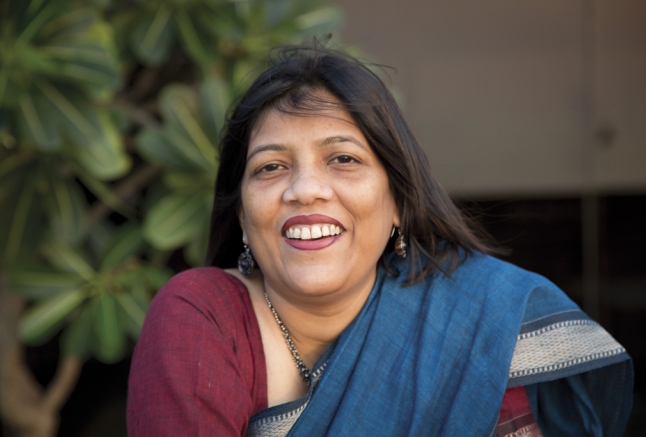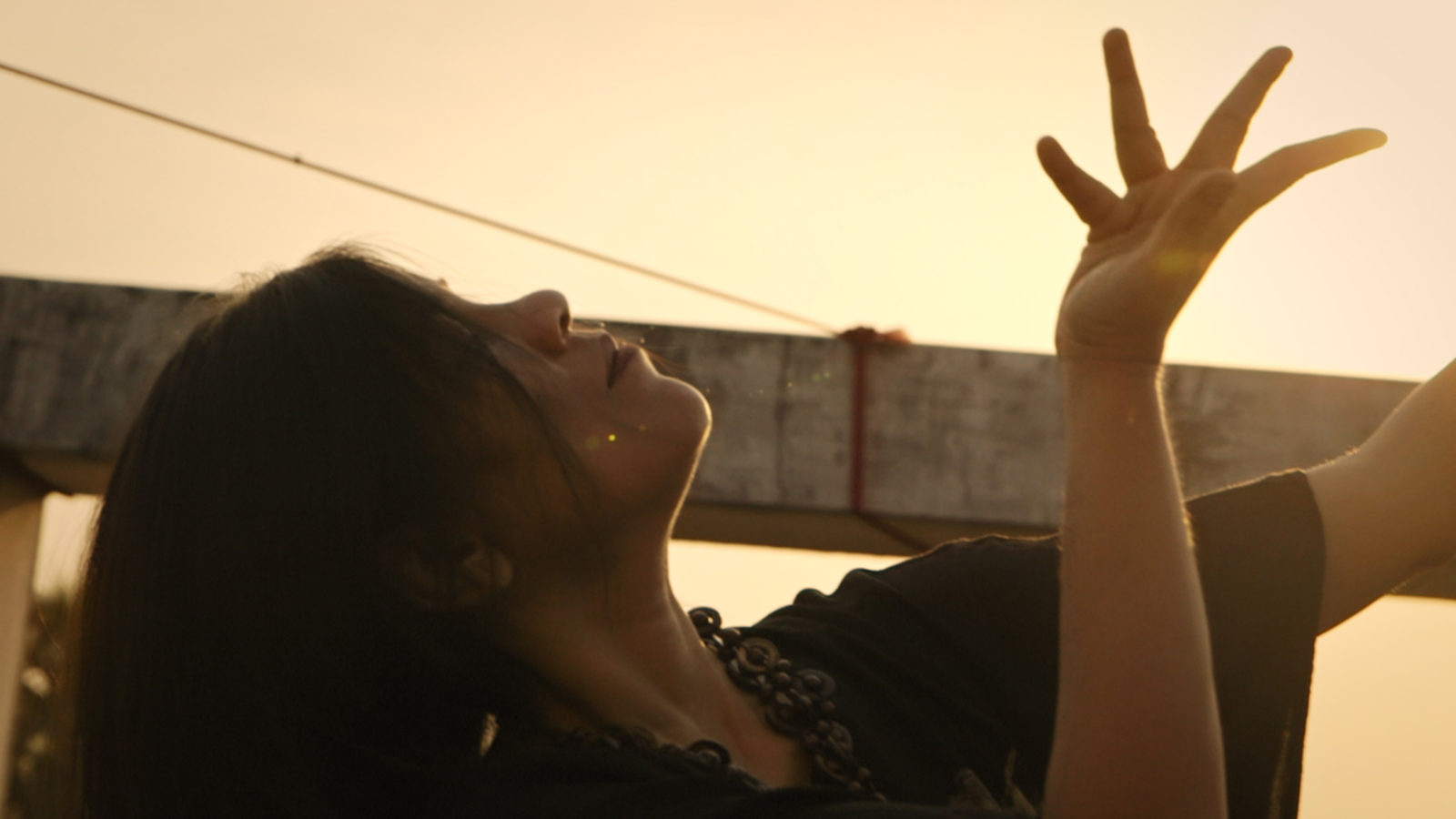If we see ourselves as a whole, as a combination of body and mind, it is important to also be aware of both. But we often overlook our bodies for our minds, despite the fact that our bodies always give a notice, an indication of sorts. We never think how our bodies are feeling.
If I feel at peace in my body, it will automatically bring peace to my mind. If someone has a very stressful mind he/she will physically feel heavy in the body. They will go through different somatic pain, headaches, lethargy, lack of motivation, anger and so on.
Are we aware of this? Are we ever thinking about this? It is very important to work on both—mind and body—when we talk about well-being.
It’s this mind-body integration that has been missing from today’s conversation on wellbeing. There are simple, easy methods to bring the focus back to our bodies: The most effective is to dance for survival.
In the many years I have spent helping sexual abuse survivors acquire stability and confidence, I have realised that when the abuse suffered is physical, rehabilitation cannot only focus on the minds. Abuse causes many girls to disassociate from their bodies. The only way to help them heal is through a physical form of expression which is dance.
In one particular instance with a sex trafficking survivor, one girl told me that “something (about herself) had got fixed in her mind”. It was stopping her from moving on. Only after months of dance movement therapy did she managed to put it behind and move forward.
Dance movement therapy is now a well-known practice. For years, it has helped survivors connect and work on themselves by integrating the five selves: the physical, emotional, cognitive, social and spiritual. And when it comes to mental health outcomes, it has given participants the space to process their feelings without risking intrusion. Since dance is a fun activity, it does not run the risk of re-traumatizing participants either. On the contrary, research suggests that dance can improves interpersonal competencies making it easier to access social support. It is also an effective way of improving quality of life, body image, and decreasing clinical symptoms such as depression and anxiety.
Recently, we carried out a survey with some alumni and current students the Tata Institute of Social Sciences (TISS), and received very positive results. A student shared that dance movement therapy taught her to be more accepting of her own self. “I feel more comfortable in my body, I feel more empowered as an individual,” she said. “I learned that acceptance of self is the most important thing for any person and I myself experienced the calmness that comes with this knowledge.”
This acceptance of self is not just applicable to survivors. In fact, it is true for all of us. When we’re stressed in our current modern and busy lives, we lose self-awareness. This self-awareness includes not just our minds but also our bodies. Integrating the body and mind is the core principle of dance movement therapy.
So how must you begin?
The first step begins with developing awareness about our sensations to know about our body. As soon as we are aware, we slowly develop an intuition which helps us to listen to our bodies. It’s similar to how a newborn child communicates through his/her basic instincts of hunger, pain, anger, tiredness. As we grow, we define our body by interacting with and being influenced by the environment.
Whatever we are experiencing in life or from the environment, whether it is pain or pleasure, success or failure, irritation or peace, stiffness or relaxation, it is registered into our body and recorded into our mind.
Physical sensation is the connecting point between body and mind. Our body always gives signals. Translating those signals and being aware of that is what they mean by ‘listening to your body’. Ignoring our body, therefore, is actually ignoring our self.
The holistic self includes both body and mind. We forget that our body is genius and has wisdom. It always teaches us how to respond. If we are unaware about that the holistic, our self will get affected.
Nor is dance movement therapy only for the select few who can dance. Dance has a wide appeal, it’s a good way to engage with anyone who one otherwise wouldn’t be able to reach out to.
Try this integrated body-mind and emotional experience to discover yourself creatively, and to nurture and explore not just your mind but also your body.
(As told to Apekshita Varshney)
Want to share your story of how you thrive? Write to us at [email protected]
More on Thrive Global India:
Start 2019 with Sadhguru: What You Could Not Even Dream of Should Happen in Your Life


